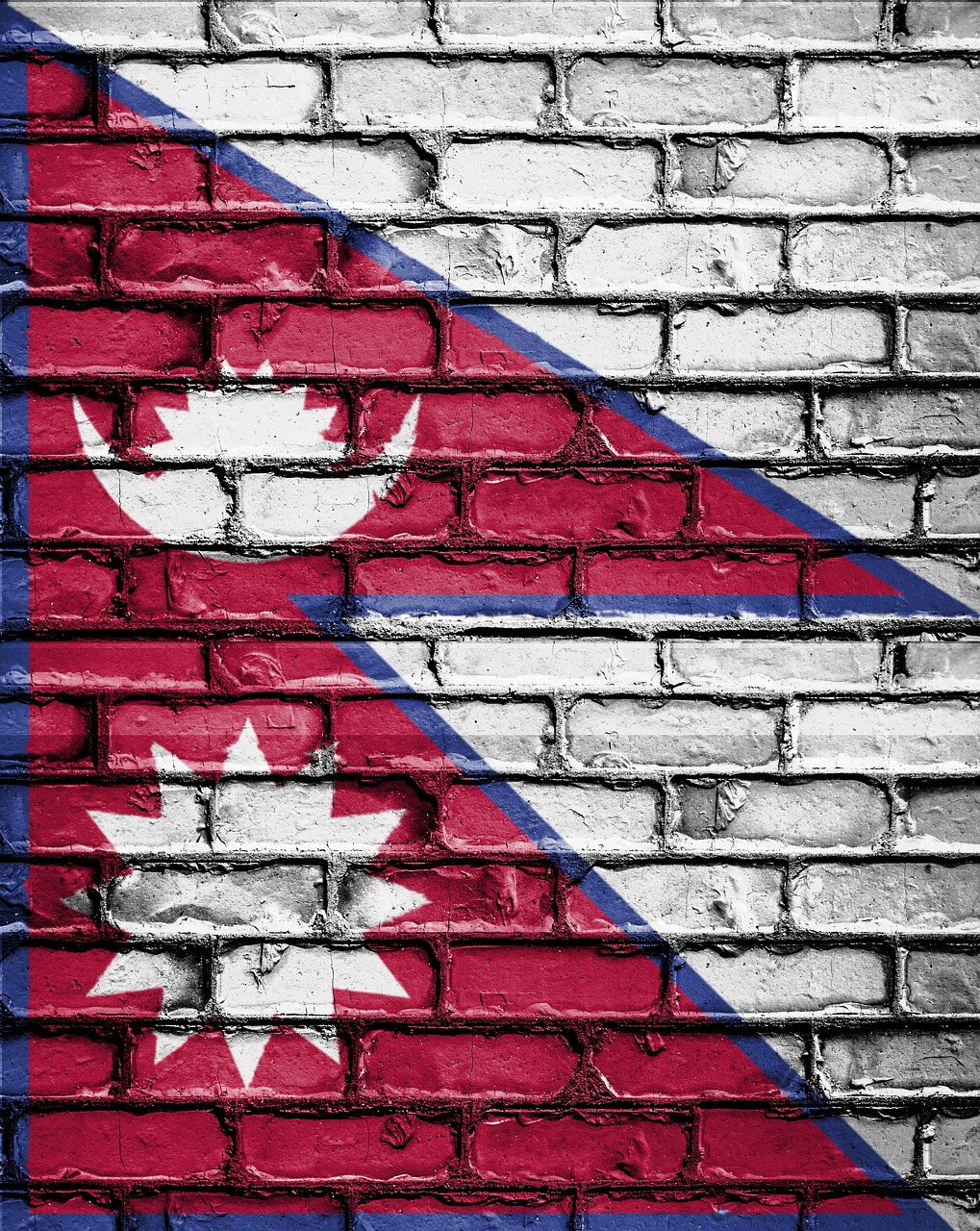By Kamal Dev Bhattarai,
12 April

Flag of Nepal (photo credit: David_Peterson via pixabay)
During the constitution drafting process from 2008 to 2015, the electoral system emerged as a key contentious issue among major political parties and stakeholders. Various electoral systems practiced in different countries were proposed. Ultimately they compromised on a mixed electoral system combining first past the post (FPTP) and proportional representation voting system. The aim was to address demands for inclusion and proportional representation across society. Since the promulgation of the new constitution in 2015, which solidified this mixed model, two elections for the three-tier government have been held, with parties preparing for the next elections in 2027, pending any unforeseen circumstances.
Ever since the country adopted a new constitution in 2015, no single party has secured a majority to govern the country independently. Although there was a single-party majority following the merger of CPN (Maoist Center) and CPN-UML, it was not a result of the election. With no possibility of single-party majority, parties have turned to coalition governments, resulting in frequent and unpredictable changes. Many, both within and outside active politics, attribute this political instability to the current electoral system, suggesting that Nepal cannot achieve stability unless changes are made.
Read the full article here:
The Annapurna Express


Comments
Post new comment